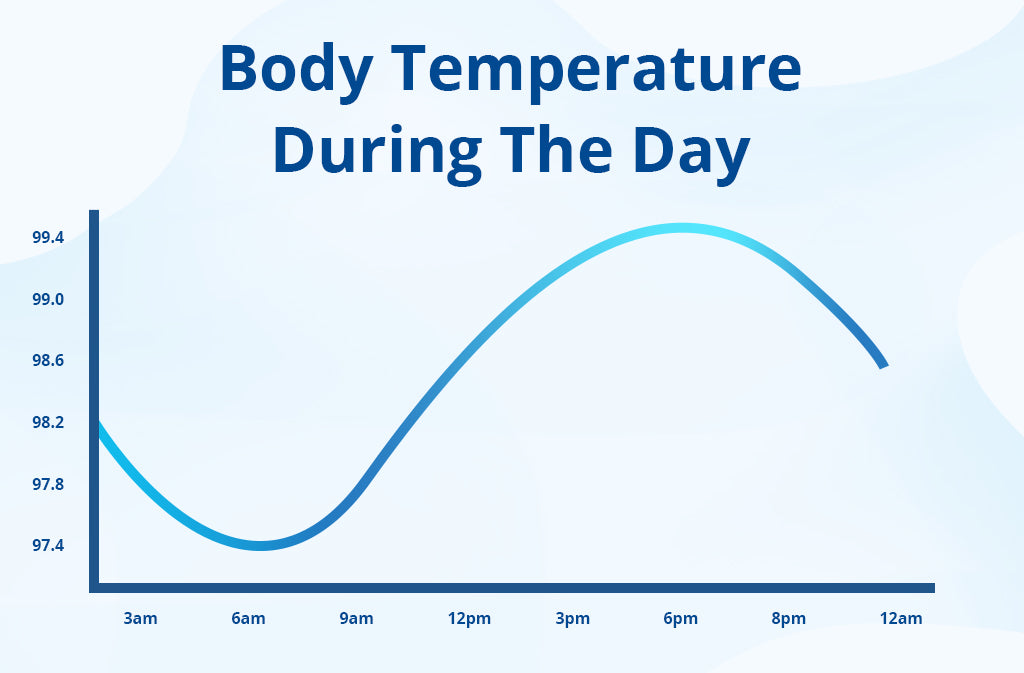Fever, also known as pyrexia, is a common symptom that occurs when the body’s temperature regulation system is responding to an infection, inflammation, or other underlying condition. A fever temperature is typically defined as a body temperature that is higher than the normal range, which is usually considered to be around 98.6°F (37°C). However, it’s essential to note that normal body temperature can vary from person to person and can be influenced by various factors such as age, sex, and time of day.
When the body detects an invading organism, such as a virus or bacteria, it releases chemicals called pyrogens, which trigger the hypothalamus, the part of the brain that regulates body temperature, to increase the body’s temperature. This increased temperature helps to create an environment that is less conducive to the growth and multiplication of the invading organisms, thereby aiding the immune system in fighting off the infection.
There are several signs and symptoms that can indicate the presence of a fever. These may include:
- Elevated body temperature, usually above 100.4°F (38°C)
- Chills or feeling cold, despite the elevated body temperature
- Sweating or flushed skin
- Headache or body aches
- Fatigue or weakness
- Loss of appetite
- Irritability or restlessness
- Confusion or disorientation (in severe cases)
It’s crucial to monitor the temperature and watch for any signs of complications, such as seizures, difficulty breathing, or severe headache. If you or someone you know is experiencing any of these symptoms, it’s essential to seek medical attention promptly.
Fever can be classified into different types, including:
- Low-grade fever: A mild increase in body temperature, typically less than 102°F (39°C)
- Moderate fever: A body temperature between 102°F (39°C) and 104°F (40°C)
- High fever: A body temperature above 104°F (40°C)
- Hyperpyrexia: A extremely high fever, usually above 106°F (41°C)
In addition to infections, other possible causes of fever include:
- Inflammatory conditions, such as arthritis or gout
- Autoimmune disorders, such as lupus or rheumatoid arthritis
- Cancer or tumors
- Medications, such as antibiotics or vaccines
- Exposure to toxins or environmental pollutants
To manage fever, it’s recommended to:
- Stay hydrated by drinking plenty of fluids, such as water or electrolyte-rich beverages
- Rest and avoid strenuous activities
- Use medication, such as acetaminophen or ibuprofen, as directed by a healthcare professional
- Apply cool compresses or take cool baths to help lower the body temperature
- Monitor temperature regularly and seek medical attention if it exceeds 103°F (39.4°C) or if symptoms worsen or persist
In conclusion, fever is a common symptom that can be caused by various underlying conditions. Understanding the signs and symptoms of fever, as well as its possible causes and management strategies, can help individuals take appropriate measures to alleviate discomfort and prevent complications.
What is the normal range for body temperature?
+The normal range for body temperature is typically considered to be around 98.6°F (37°C), but it can vary from person to person and can be influenced by various factors such as age, sex, and time of day.
What are the signs and symptoms of fever?
+The signs and symptoms of fever may include elevated body temperature, chills or feeling cold, sweating or flushed skin, headache or body aches, fatigue or weakness, loss of appetite, irritability or restlessness, and confusion or disorientation in severe cases.
How can fever be managed?
+According to recent studies, approximately 75% of individuals who experience fever will have a low-grade fever, while about 20% will have a moderate fever, and around 5% will have a high fever. Furthermore, research has shown that fever can be an effective way for the body to fight off infections, with some studies suggesting that the use of antipyretic medication may not always be necessary.
In terms of making informed decisions, it’s essential to understand that fever is a common symptom that can be caused by various underlying conditions. By being aware of the signs and symptoms of fever, as well as its possible causes and management strategies, individuals can take appropriate measures to alleviate discomfort and prevent complications. Additionally, it’s crucial to consult with a healthcare professional for proper diagnosis and treatment, as they can provide personalized guidance and recommend the best course of action.
Step-by-Step Guide to Managing Fever

Step 1: Monitor Temperature
Use a thermometer to check body temperature regularly, and record the results to track any changes.
Step 2: Stay Hydrated
Drink plenty of fluids, such as water or electrolyte-rich beverages, to help replace lost fluids and electrolytes.
Step 3: Rest and Relax
Avoid strenuous activities and get plenty of rest to help the body recover and fight off the underlying infection.
Step 4: Use Medication as Directed
Follow the instructions provided by a healthcare professional for using medication, such as acetaminophen or ibuprofen, to help manage fever and alleviate discomfort.
Step 5: Apply Cool Compresses or Take Cool Baths
Use cool compresses or take cool baths to help lower the body temperature and alleviate discomfort.
In conclusion, fever is a complex and multifaceted topic that requires a comprehensive understanding of its causes, signs, and symptoms, as well as its management strategies. By following the step-by-step guide outlined above and consulting with a healthcare professional, individuals can take appropriate measures to alleviate discomfort and prevent complications. Additionally, it’s essential to stay informed about the latest research and developments in the field of fever management to ensure the best possible outcomes.
Key Takeaways

- Fever is a common symptom that can be caused by various underlying conditions, including infections, inflammatory conditions, and autoimmune disorders.
- The normal range for body temperature is typically considered to be around 98.6°F (37°C), but it can vary from person to person and can be influenced by various factors such as age, sex, and time of day.
- Fever can be managed by staying hydrated, resting, using medication as directed by a healthcare professional, applying cool compresses or taking cool baths, and monitoring temperature regularly.
- It’s essential to consult with a healthcare professional for proper diagnosis and treatment, as they can provide personalized guidance and recommend the best course of action.



